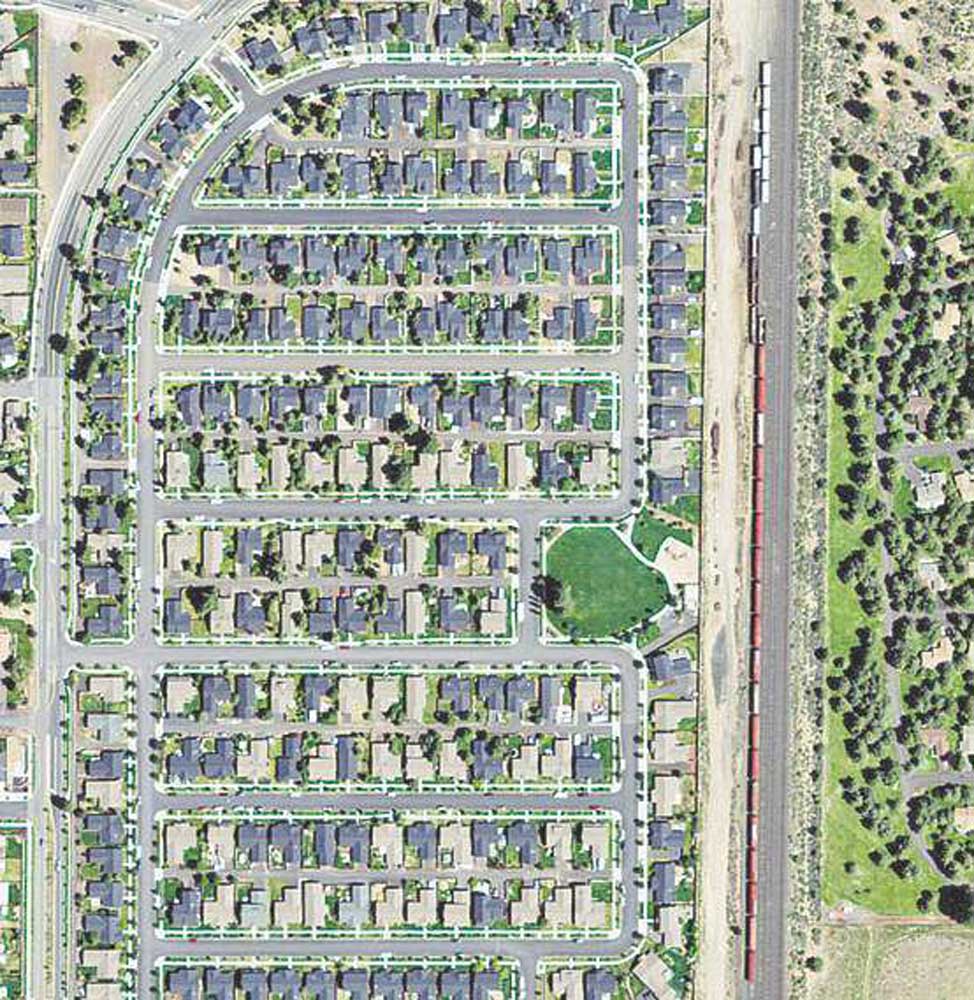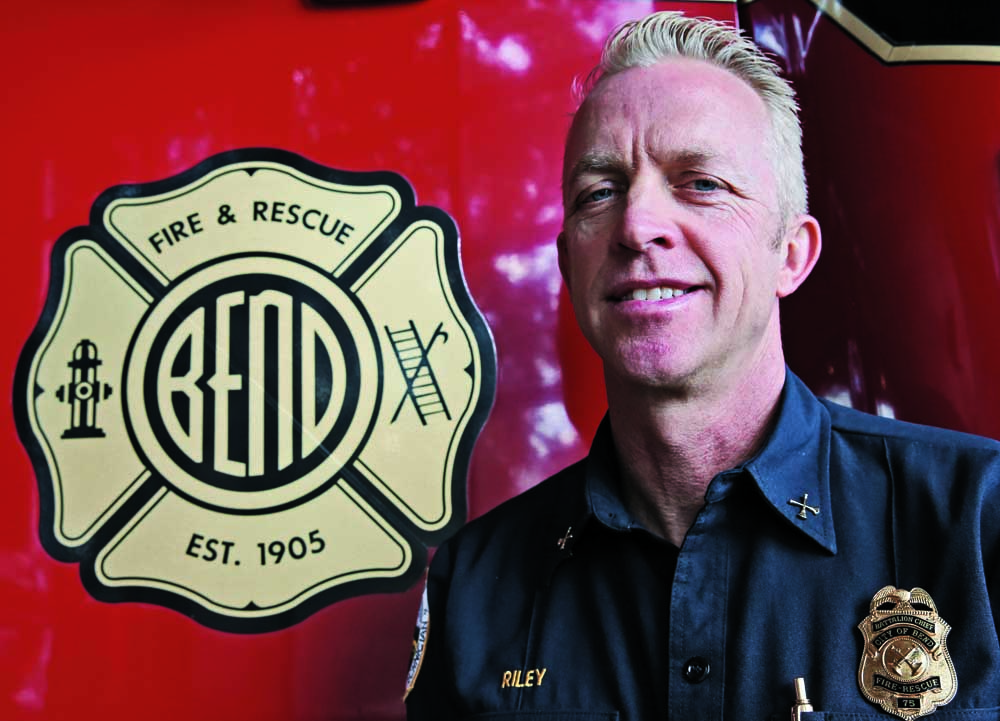Locomotive vibes unsettling
Published 5:00 am Sunday, October 13, 2013

- France Belfast stands along a barrier wall between her neighborhood and a train switching yard in southeast Bend. Despite the sound barrier the wall is intended to provide, Belfast has been having difficulty sleeping at night because of vibrations from trains idling one block from her home.
It was perfectly quiet on a recent fall morning, in the southeast Bend neighborhood where France Belfast lives.
Suddenly came a loud thud and the sound of clanking metal as workers switched railway cars at the Burlington Northern Santa Fe Railway switching yard one block from Belfast’s home.
People who live near the main line and three side tracks have complained for years about train whistles and other noise in the area.
More recently, some raised concerns about diesel fumes and the potential for hazardous materials to spill, said Old Farm District Neighborhood Association Vice President Kent Garliepp.
Belfast said the vibrations from trains idling have kept her awake on many nights. Two weeks ago, idling locomotives “were here every night,” Belfast said. “It was so bad I had to leave my house. It’s just a resonating, oscillating sound. … When they park really close to my house, it’s really bad. … Ear plugs don’t work because the sound, it’s so vibrational it’s almost like it permeates the whole body.”
Thursday evening, an idling engine at the switching yard registered 78 decibels on a meter one block away, on Sunflower Lane. A tractor-trailer passing on Third Street, by comparison, measured 85 decibels.
Roughly five blocks from the locomotive, the idling engine registered 66 decibels, about the same as a normal conversation.
Belfast’s concerns, and those of her neighbors, are not new or confined to idling locomotives.
Four years ago, the City Council considered a request from residents to create a “quiet zone,” where the city would ban trains from blowing their horns at crossings. Officials dropped the idea, however, because it would have cost an estimated $315,000 to $1.8 million to upgrade all nine rail crossings in the city to qualify for a quiet zone. Bend Transportation Manager Nick Arnis said no one has asked the city to revisit this issue.
However, the city is installing raised medians where the railroad crosses Reed Market Road to prepare for a future application to make that one crossing a federally recognized quiet zone, Arnis said. Even after the city completes that work, the railway would need to install equipment at the crossing — a constant warning system— at a cost of at least $20,000, according to a 2010 city study. BNSF declined to pay for these devices, according to the study. Arnis said city officials would have to decide whether to add this to a list of future transportation projects.
Belfast, 63, moved to the neighborhood in 2010 to live in a house owned by her son and daughter-in-law. The trains did not bother her at first, but she said they began to idle more in 2012.
Gus Melonas, a spokesman for BNSF Railway, said the amount of train traffic through the yard has remained steady in recent years at six to eight trains per day. Melonas said trains have to idle when the temperature drops below 40 degrees in order to keep the engine components lubricated. The railway uses the yard to drop off and pick up cars filled with goods for 25 companies in the Bend area. BNSF attempts to hold trains at a location on the north end of the city when possible, but there is limited capacity.
“We understand the concerns, and we’re trying to minimize the noise,” Melonas said.
Melonas did not know when the switching yard and main line were built, but he and Garliepp agreed the railway facilities existed long before developers built homes next to them.
“The (idling) noise is an issue, and the horns are an issue, and everybody says, ‘Well, the trains were here first, so good luck,’” Garliepp said.
Senior planner Aaron Henson said the city of Bend approved lots in the subdivision between 2000 and 2004. Details were not available Friday afternoon regarding whether anyone questioned the decision to allow construction of a new subdivision next to the rail yard.
Garliepp said that if residents ever want to get a quiet zone, they will probably have to form a district and tax themselves to raise the money.
“The city says they don’t have any money (for more quiet zone infrastructure), which I sort of believe,” Garliepp said.







